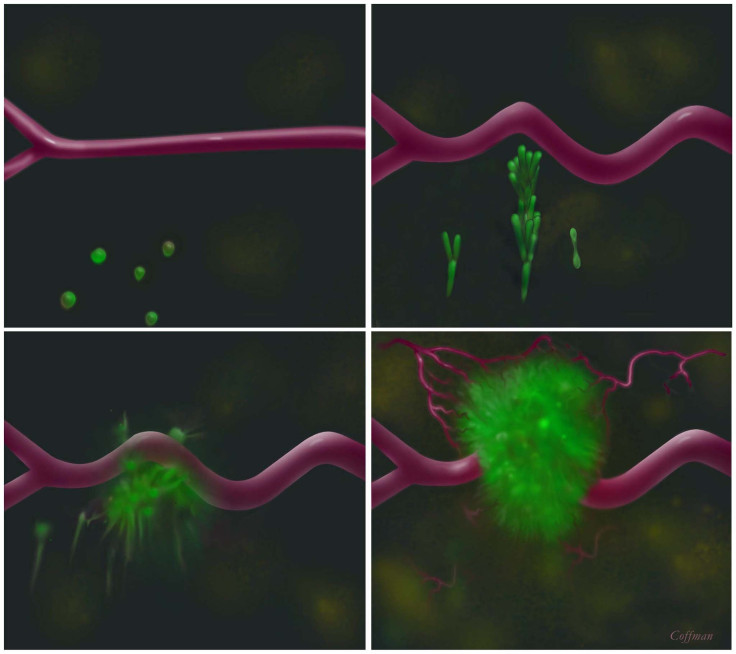TSRI scientists identify key morphine regulator that may reduce painkiller abuse and addiction

Because of its special pain-killing properties, morphine has always been a subject of research among scientists across the globe. However, it has always been a challenge for researchers to understand how morphine leads to a euphoric effect through regulation of a protein present in the vertebrates.
Morphine works on a special type of protein present in the vertebrates to create a feeling of euphoria. The protein has been present since half a billion years; however, it is still not fully understood how the special receptor protein molecules are regulated and acted upon by morphine.
In a new research, associate professor Kirill Martemyanov at The Scripps Research Institute, or TSRI, discovered that another type of molecule controls the morphine receptor signalling in certain brain cells. In a study published online in the journal Biological Psychiatry, the researchers explain that the regulator of G protein signalling, or RGS protein, helps control the morphine receptor or the mu opioid receptor.
The team of researchers conducted their study on genetically modified animal models that lacked RGS7 protein, which is otherwise present in an abundant amount in the brain. The researchers found that lack of protein enhanced pain relief in animal models and delayed its tolerance to morphine.
In addition, the animal models showed a heightened withdrawal to the self-administered doses of morphine. That means in the absence of the protein, the animal models were found to be predisposed to morphine addiction.
“The mu opioid receptor acts as a conductor of the drug’s effects, while RGS7 acts as a brake on the signal,” said Martemyanov, in a TSRI press release. “The animals could press a lever to receive an infusion of morphine. We looked at the number of lever presses to determine how much they liked it and, judging from this test, mice lacking RGS7 craved the drug much more than their normal siblings.”
The researchers are hopeful that the identification of the molecule could lead to the development of less addictive painkillers in the future. In addition, the team believes that their research holds a strong diagnostic future.
Contact the writer at feedback@ibtimes.com.au, or let us know what you think below.




















